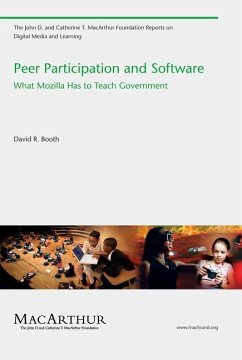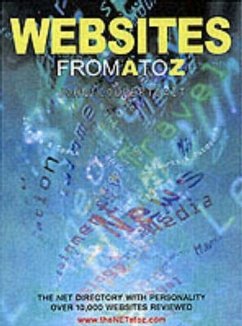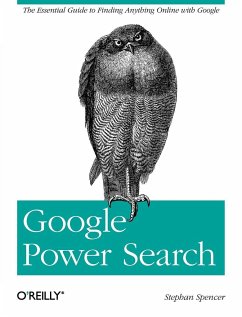
Bubble World a Novel Visual Information Retrieval Technique

PAYBACK Punkte
9 °P sammeln!
With the tremendous growth of published electronic information sources in the last decade and the unprecedented reliance on this information to succeed in day-to-day operations, comes the expectation of finding the right information at the right time. Sentential interfaces are currently the only viable solution for searching through large infospheres of unstructured information, however, the simplistic nature of their interaction model and lack of cognitive amplification they can provide severely limit the performance of the interface. Visual information retrieval systems are emerging as possi...
With the tremendous growth of published electronic information sources in the last decade and the unprecedented reliance on this information to succeed in day-to-day operations, comes the expectation of finding the right information at the right time. Sentential interfaces are currently the only viable solution for searching through large infospheres of unstructured information, however, the simplistic nature of their interaction model and lack of cognitive amplification they can provide severely limit the performance of the interface. Visual information retrieval systems are emerging as possible candidate replacements for the more traditional interfaces, but many lack the cognitive framework to support the knowledge crystallization process found to be essential in information retrieval. This work introduces a novel visual information retrieval technique crafted from two distinct design genres: (1) the cognitive strategies of the human mind to solve problems and (2) observed interaction patterns with existing information retrieval systems. Based on the cognitive and interaction framework developed in this research, a functional prototype information retrieval system, called Bubble World, has been created to demonstrate that significant performance gains can be achieved using this technique when compared to more traditional text-based interfaces. This work has been selected by scholars as being culturally important, and is part of the knowledge base of civilization as we know it. This work was reproduced from the original artifact, and remains as true to the original work as possible. Therefore, you will see the original copyright references, library stamps (as most of these works have been housed in our most important libraries around the world), and other notations in the work. This work is in the public domain in the United States of America, and possibly other nations. Within the United States, you may freely copy and distribute this work, as no entity (individual or corporate) has a copyright on the body of the work. As a reproduction of a historical artifact, this work may contain missing or blurred pages, poor pictures, errant marks, etc. Scholars believe, and we concur, that this work is important enough to be preserved, reproduced, and made generally available to the public. We appreciate your support of the preservation process, and thank you for being an important part of keeping this knowledge alive and relevant.












